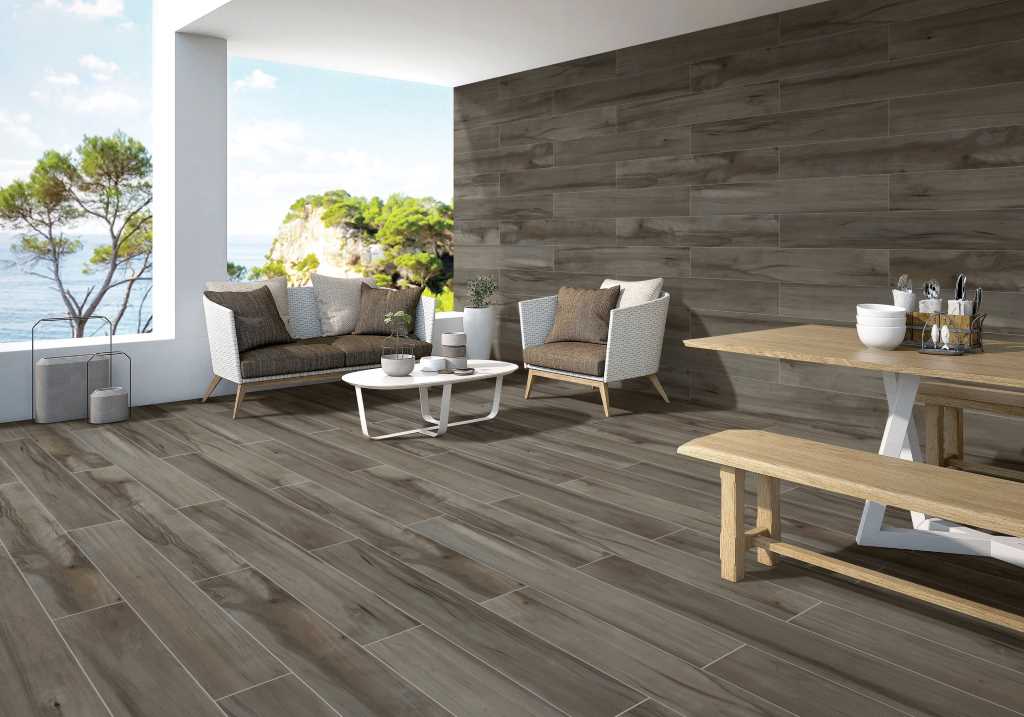Flooring is often overlooked as a mere aesthetic element in home design. However, it plays a pivotal role that extends far beyond looks, affecting comfort, safety, hygiene, and even your home’s resale value. This article delves into the multifaceted importance of flooring, offering insights valuable for those with some existing knowledge and seeking a deeper understanding.
1. The Foundation of Comfort and Functionality
Flooring forms the literal foundation of your living spaces, directly impacting your daily comfort and how you use your home. The choice of material determines the underfoot feel – soft and warm for cozy bedrooms (like carpet), or cool and durable for high-traffic areas (like tile or hardwood). Functionality is key: a slippery surface in bathrooms is hazardous, while a stain-resistant kitchen floor is practical. Additionally, making cheap flooring choices in your house can be a budget-friendly solution without compromising quality.
2. Aesthetics and Atmosphere: More Than Skin Deep
While we often focus on walls and furniture, flooring sets the tone for the entire room. It creates visual continuity, tying together different design elements. The color, texture, and pattern of the flooring significantly influence the ambiance – light-colored wood can make a space feel airy and open, while dark tiles create a dramatic feel.
3. Health and Hygiene: An Often-Overlooked Factor
Your choice of flooring can profoundly affect indoor air quality and hygiene. Certain materials like carpets trap allergens and dust mites, potentially exacerbating allergies or asthma. Hard surfaces like hardwood, bamboo, or tile are easier to clean and more suitable for those with respiratory sensitivities. However, some hard surfaces can be cold and uncomfortable in certain climates.
4. Safety First: Preventing Slips and Falls
Flooring directly impacts safety, particularly in areas prone to moisture, like bathrooms and kitchens. Textured or non-slip tiles are crucial to prevent accidents. Click here to learn more for families with young children or elderly members, soft, cushioned flooring like carpet or cork can offer a safer landing in case of falls.
5. Investment and Resale Value: The Long-Term View
High-quality flooring is an investment that pays off in the long run. It not only enhances your living experience but also significantly impacts your home’s resale value. Potential buyers are often willing to pay a premium for homes with well-maintained, attractive flooring.
6. Environmental Impact: Sustainability Considerations
In an era of growing environmental awareness, the sustainability of flooring materials is gaining importance. Opting for renewable materials like bamboo or cork, or recycled materials like reclaimed wood, can reduce your ecological footprint.
7. Maintenance and Durability: Choose Wisely
Consider the long-term maintenance requirements and durability of different flooring options. Some materials, like ceramic tile, are virtually indestructible, while others, like hardwood, require more care and refinishing over time. Choose a flooring that aligns with your lifestyle and budget.
8. Beyond Aesthetics: The Psychology of Flooring
Studies have shown that flooring can have a subtle yet profound psychological impact. Warm, natural materials like wood can evoke feelings of comfort and security, while cool, hard surfaces like concrete can create a more modern, industrial feel.
9. Special Considerations: Radiant Heating and Acoustics
If you’re considering radiant floor heating, certain materials like tile and concrete conduct heat more efficiently than others. Similarly, flooring can influence acoustics – soft surfaces absorb sound, while hard surfaces reflect it.
Fix Your Uneven Wood Floor: Expert Tips for a Seamless Solution
10. The Future of Flooring: Technology and Innovation
The flooring industry is constantly evolving, with new materials and technologies emerging. From waterproof vinyl planks to self-healing tiles, the future holds exciting possibilities for creating flooring that is more durable, sustainable, and aesthetically pleasing.
In conclusion, flooring is an integral aspect of your home that deserves careful consideration. By understanding the multifaceted role it plays in your daily life, you can make informed decisions that enhance your comfort, health, safety, and overall well-being.






